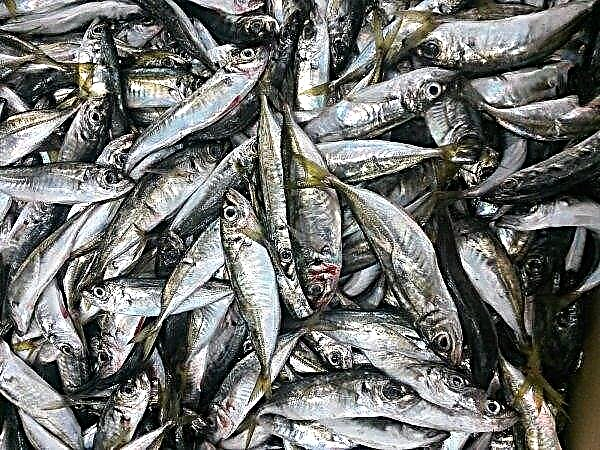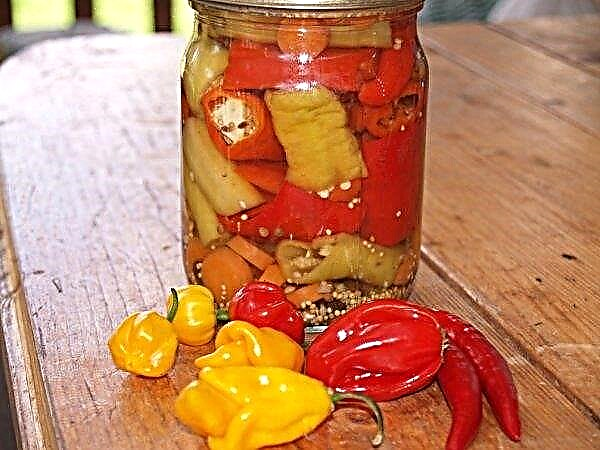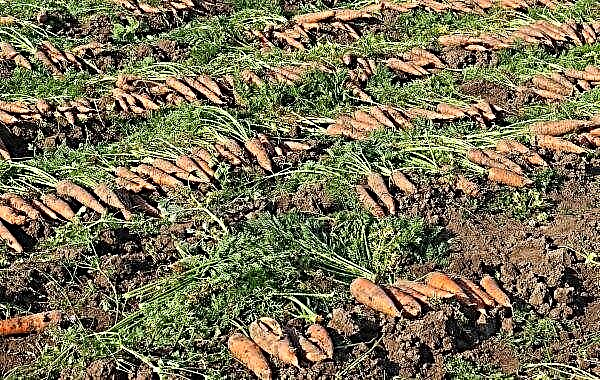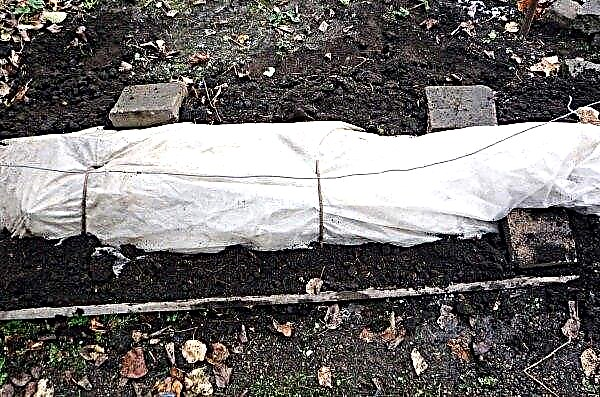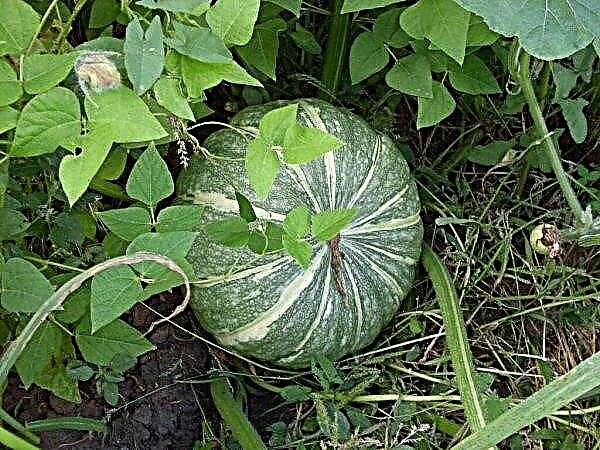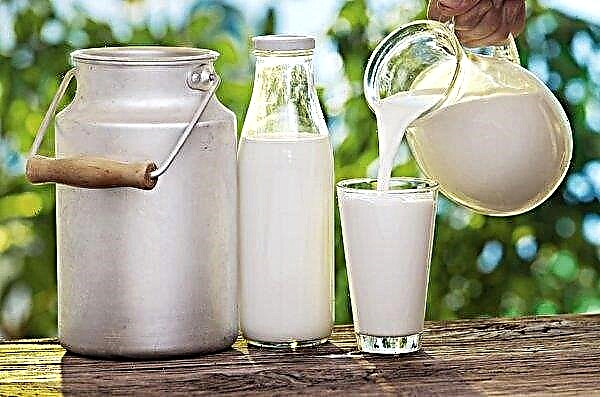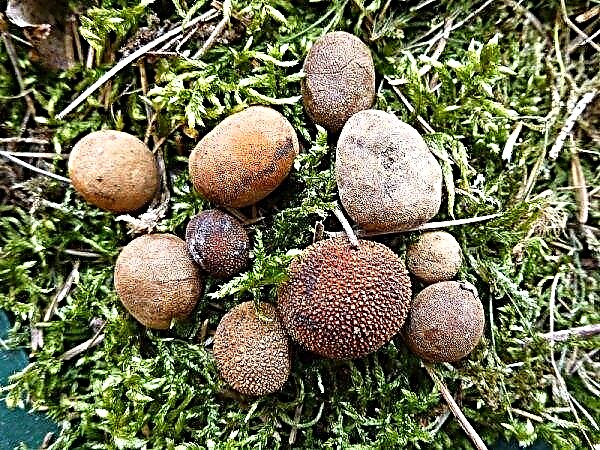To grow heat-loving crops in a cold climate, you need to build some kind of shelter that will protect the plant from external conditions and maintain a microclimate favorable for the plant. Such a shelter is a greenhouse. Most often, its frame is covered with a film. It is attached to it in various ways, and which ones - we will tell in the article.
Fundamental rules
For the greenhouse to serve for a long time, you first need to decide whether it will be winter, able to protect from frost and frost, or will be used in the warmer time of the year. This will allow you to choose the right covering material for it. Then the material is already calculated, and some features of its fastening are taken into account.

Material calculation
The amount of film that will be needed to cover the frame of the greenhouse can simply be calculated if the width of the film roll and the length of the frame are known. The value corresponding to the dimensions of the frame is divided by the width of the covering material. The resulting number will display the number of paintings. Here you must not forget that the canvas overlap.
If the greenhouse has an arched structure, then the length of the canvas will be equal to the length of the arc. If the structure is with a pitched roof, then the lengths of all sides of the structure in cross section are summed up, and 10% is added to this value for fixing the material around the perimeter.
Important! Standard film roll width — 150 cm. In this roll, the material can be double, that is, it is a sleeve that is cut along a bend.
To find out how many meters of film are needed to sheathe a greenhouse, you need to multiply the number of paintings by their length. To this value should be added the amount of film needed to cover the ends of the structure. For this, their area is calculated.
The principles of the construction of film greenhouses
A greenhouse is a protective shelter used for growing early seedlings of garden crops with their subsequent planting in open soil. The principle of its action is simple: it absorbs thermal radiation coming from outside, and turns it into heat.

In addition, the greenhouse is also able to retain this heat. As a result, a certain temperature is always stored inside it. Also, such a shelter protects cultures from the outside world, preventing both insects and adverse atmospheric phenomena from getting inside.
But in order for the greenhouse to perform its direct functions, it is necessary to observe some rules for the construction of its top (cover):
- For accurate cutting of the covering material, it is better to throw the roll through the frame, pull it and cut it, previously adding another 20–25 cm for fastening.
- The cut strips must be folded on a flat surface with an overlap and fastened with adhesive tape on the inside.
- When cutting the coating for the ends, you must leave an allowance. Doors and vents are cut separately and with a margin.
- It is necessary to fix the film at a moderate temperature and on a calm day - so it will not sag much or sway during operation.
- It is desirable to cover the greenhouse with covering material only before planting itself - so the design will last longer.
Did you know? The largest greenhouse complex is located in Almeria (province of Spain).
How to choose a film?
To choose a quality covering material, you need to pay attention to such points:
- strength and durability;
- light transmittance;
- cost in accordance with quality.

The film exists of the following types:
- polyethylene - the most popular, it is 15–300 μm thick and 3–6 m wide, the optimal thickness option is 150–200 μm, removable for the winter;
- reinforced - allows you to use the design for three years, without disassembling for the winter, the optimal density is 150-200 g / m², the reinforcement is polyethylene or polypropylene;
- PVC - differs from others by a yellowish edge, does not let in sunlight during the day, and keeps heat well at night, is not suitable for use at –15 ° С and lower;
- stabilized - usually colored, but also transparent, resistant to the destructive action of the sun, lasts 2-3 years, with a thickness of 80,100, 120, 150 microns;
- light scattering - It is able to reflect heat and absorb ultraviolet light, which protects the culture from burns, is not suitable for use in partial shade;
- infrared - designed more for heating, it is mounted in the base and works from a network of 200 W;
- frost resistant - can last up to 7 years, shockproof, withstands hail, does not crack.
Important! For private use, the first three varieties are usually used, since they optimally combine price and quality.
The main methods of fixing the film
The main task of fasteners is reliable fixation of the film and ease of use. Here are some examples of the most common methods for attaching cover material.
Clips, Clips
This type of fastening is used if the frame is made of PVC pipes and fittings. It allows you to firmly fix the film without nails. Clips are purchased at the store or made independently. For this, a plastic pipe is cut into pieces of any length (5–20 cm).

The side of this pipe is cut out. The edges are necessarily processed so that they cannot tear the covering material. If a purchased metal clip is used, then it is necessary to put a heat-insulating material under it so that the metal hot in the sun does not melt the film.
Reiki
This method of fastening involves the use of a wooden battens and fasteners (nails, screws). During fastening, the covering material is damaged, which reduces its service life.
For wood frame
Cuts of 10 cm long are cut, carefully processed and wrapped in several layers of plastic film for greater reliability, the first layer of which is fixed to the wooden base with rubber glue. Reiki are superimposed on top of the cover on the uprights of the frame and are fixed with nails or self-tapping screws.
To the metal frame
In this case, the rail, prepared as described above, is mounted on top of the covering material on the sides of the greenhouse to the metal posts of the frame.

How to pull a film on a greenhouse
We will describe step by step several ways to cover the greenhouse.
Using grid
Allows you to fasten the film without nailing it to the frame:
- Cut the required number of strips of film. Connect them together.
- Cover the greenhouse with a film, pulling it and fixing it with clips below.
- Take the coarse mesh and lay it over the covering material.
- Snap the net to the frame.
Did you know? The first heated greenhouses (with underfloor heating) were used by Koreans to grow tangerines in the winter as early as 1438.
Using a rope or harness
Reliability is similar to the previous method of fastening:
- Initially, as in the embodiment described above, cover material is prepared and pulled.
- A polypropylene cord or an elastic cord is fixed on the initial arcs of the frame in the lower corner, and then zigzag from one side to the other, while pulling and fixing it to the base.
- The same actions are repeated on the inside of the greenhouse with the addition of fixation on the roof.
With eyelets and elastic cord
The cringle is a hole in the covering material, which is reinforced with a plastic or metal ring:
- Cut the desired number of strips of covering material.
- Holes are made along the edge of the strips, which are reinforced with a ring.
- An elastic cord is passed through the holes. With it, the strip is attached to the frame of the structure.
You can hang in this way only a very dense film, because the usual one can easily tear.

Features of coating a greenhouse with a film of two layers
Many of those who want to make their greenhouse more durable and suitable for use in cold weather use a two-layer film. To do this, the film sleeve is not cut, and a strong cord is passed along its edges, which fixes the strip on each side of the greenhouse to the frame. With this method, each strip is attached separately. The overlap should be 15 cm. Covering the greenhouse with a film is a rather troublesome business, but if you do everything according to the rules and not in a hurry, then the design you made will last a long time.


